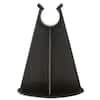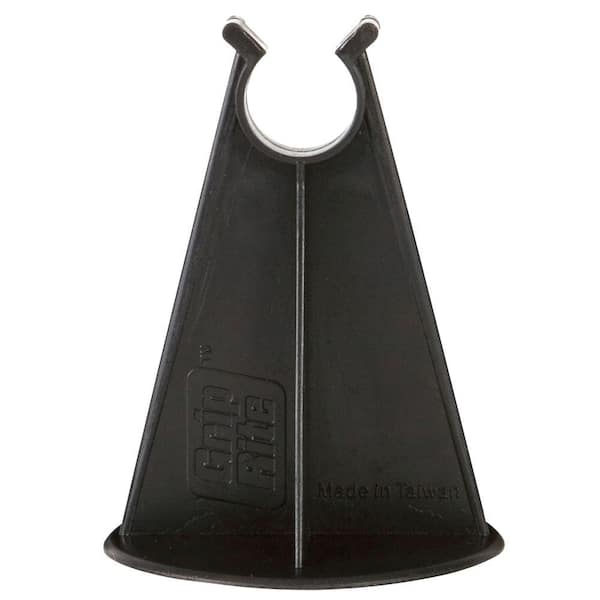$5.08 for a bag of 20 at Home Depot. Stretch a rubber band between the two "arms" for a close approximation of the Shuntaya Cable Elavator.
Grip-Rite
2-1/4 in. Rebar High Chair (20-Piece)
259


Hover Image to Zoom
Share
Cable elevators
My Saturday hifi tweaking involved digging out the family’s box of wooden building blocks and using them to elevate my speaker cables off the floor. Previously under an area carpet on a wood floor. Mc 601s to SF Amati with Wireworld speaker cables (to be replaced with Cardas).
The result—mind you the system is playing really well right now thanks to my new Cardas interconnects—is greater clarity (I think), sound stage, and texture. This is definitely about wringing out the last ounce of the system and maybe I’m imagining the improvement. I don’t think I’d spend any money on buying risers, but what the hell why not use the old building block. Looks dopey and the family laughs at me, but dang does the system sound amazing.
Anyone else play with risers/elevators?
$5.08 for a bag of 20 at Home Depot. Stretch a rubber band between the two "arms" for a close approximation of the Shuntaya Cable Elavator. Grip-Rite2-1/4 in. Rebar High Chair (20-Piece)259
Hover Image to Zoom Share
|
@invalid -
@mc1969 -
Makes sense, given that all of our cables exhibit the properties of an RLC circuit, the 'C' being capacitance. Capacitance changes, according to the dielectric, it's Dielectric Constant, and the amount of dielectric used. The Dielectric Constant of air = 1. Wood can vary from just over 1 to 4, depending on grain direction and (greatly) on moisture content. I seriously doubt that engineered hardwood contains/retains any moisture, hence: no more change than lifting a cable into the air. Most carpeting consists of materials with horrible Constants. When your cable's lying on a material with a high Dielectric Constant; that's being added to that of the cable's insulation, changing the 'C' in the RLC, over whatever length. https://www.electrical4u.com/rlc-circuit/
|
@rodman99999 Thank you for the links, very interesting and enlightening.
|